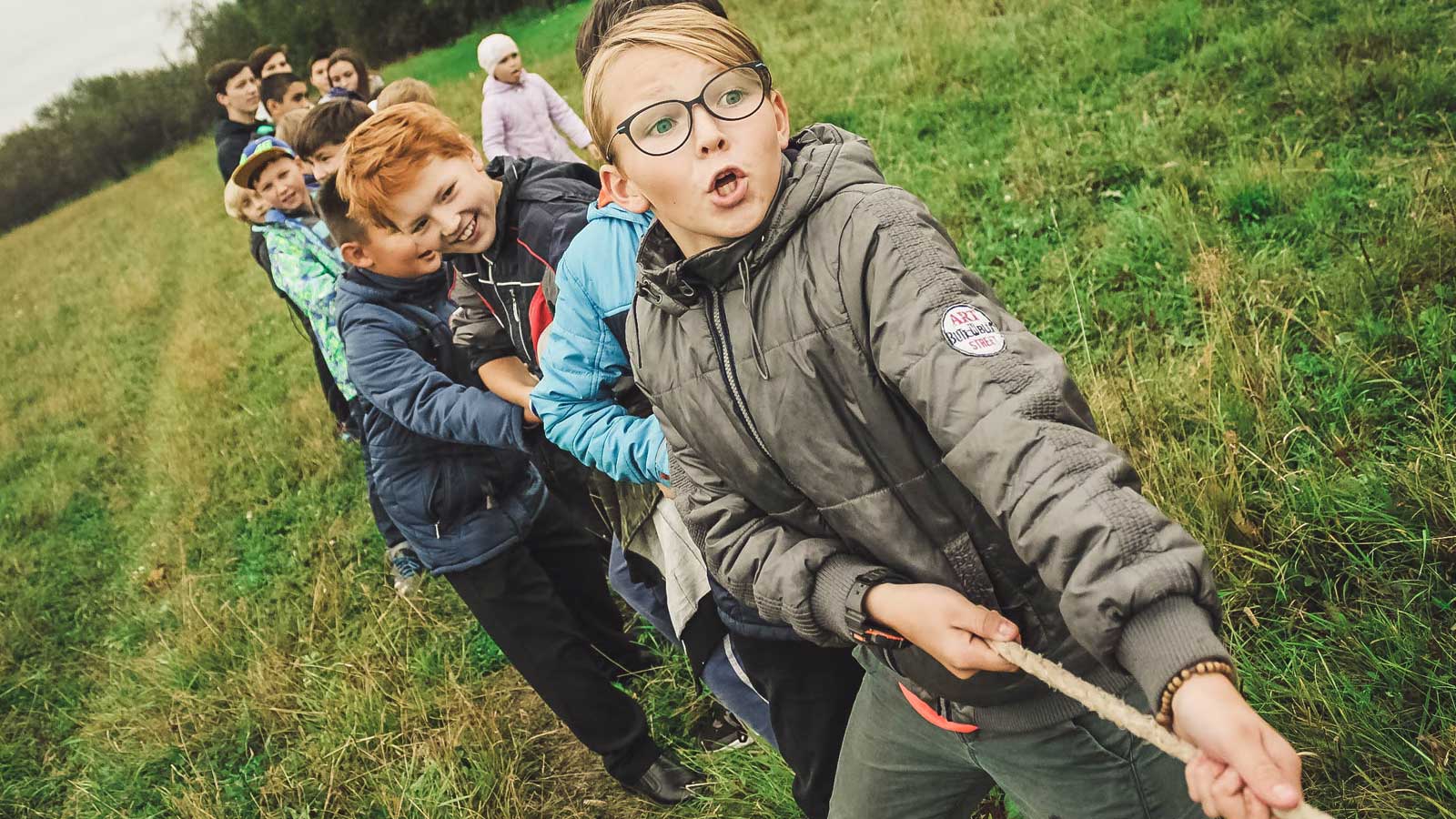
Photo by Anna Samoylova on Unsplash
What is Resilience?
The term resilience comes from the Latin word ‘resilio’ – to rebound, recoil or spring back. In 2006, in an article titled, ‘Implications of Resilience Concepts for Scientific Understanding,’ Michael Rutter defined resilience as, “An interactive concept that is concerned with the combination of serious risk experiences and a relatively positive psychological outcome despite those experiences”.
Dr Tina Rae who came to lecture recently, suggests that boosting resilience can inoculate against depression and other mental illnesses – it can also build self-confidence and achievement. Resilient children can resist adversity, cope with uncertainty and recover more successfully from traumatic events or episodes.
Background Research in to Resilience
For decades, researchers have been interested in children who develop well in the context of significant adversity. This capacity to cope with adversity, and even be strengthened by it, is at the heart of resilience. Initial studies looked at their characteristics such as temperament, intelligence, problem solving skills and stress resistance, which would ‘harden’ children and enable them to achieve success. Later, research concerning child welfare and outcomes for children, focused on the investigation of risk factors that might influence or effect their quality of life
Discussions of resilience (Newman 20014), typically refer to three separate factors and these are:
- Risk – any combination that increases the chance of an undesirable outcome affecting a person.
- Vulnerability – a feature that renders a person more susceptible to a threat.
- Protective factors – the circumstances that moderate the effects of risk.
Researchers went on to increasingly acknowledge that resilience may derive from factors external to the child such as:-
- Indicators of high risk status – g. children who do not succumb to adversities, despite their high-risk status, for example babies of low birth-weight.
- Chronic stress – g. children who develop coping strategies in situations of chronic stress, for example the children of drug-using or alcoholic parents.
- Extreme trauma – g. children who have suffered extreme trauma, for example through disasters, sudden loss of a close relative, or abuse, and who have recovered and prospered.
Why is it sometimes hard to bounce back?
Some of us do it seems, have a natural ability to overcome or recover from set-backs whereas others have an increased risk of crumbling and possibly falling apart.
Psychologists believe children and adults are finding it harder to ‘bounce back’ due to what is referred to as ‘The Loss of Sadness’. Researchers suggest that over the last 2,500 years, humans could distinguish between normal sadness or suffering and clinical depression. However, since the development of the classification system for mental illness the boundary between the two has become blurred. People can suffer similar symptoms to depression in reaction to many life events (e.g. when they break up with a partner or fail an exam), yet this is normal and not pathological. These symptoms usually don’t last long, but there is a tendency to medicalise this misery. Dr Rae suggests we, “may be creating a problem with resilience by pathologizing normal reactions to life experiences.” (Dr Tina Rae, Key Note Speech, Team Teach National Conference 21.03.16).
10 reasons suggested by Dr Rae for why resilience has been eroded in young adults and children are: –
- Treating young people like infants – makes them behave like infants.
- Spotlight on the individual – young people think that they are the centre of the world, blowing out of proportion any setbacks or challenges in life.
- Black and white thinking – people are born good/bad, smart/stupid etc. This type of thinking exaggerates the significance of failure and difficulties.
- Entitlement – Celebrity culture suggests success should be instant, making people think that effort and hard work are not important. This Increases self-obsession and undermines resilience.
- Wrapping up in cotton wool – Parents try to prevent their children from encountering negative experiences, protect them from life’s knocks and blows. Doing this undermines their resilience.
- Psychological cleanliness – Young people are being brought up in an environment that is too clean, psychologically. Resilience is formed as a result of dealing with setbacks.
- Negative emotions are wrong – encourages people to try to supress their emotions. Paradoxically, this causes more of the negative emotions that they didn’t want in the first place.
- Ignoring the importance of bad feelings – People think that bad feelings don’t have a purpose and that feelings such as guilt, shame and frustration are only negative. But research shows that bad feelings can galvanise us to do things differently: we need them to succeed.
- The need to be perfect – comparing ourselves to the rich and famous, encouraging us to feel inadequate. This undermines resilience when the person sees that perfection is not attainable.
- Too much choice – Paradoxically this makes people; not choose, regret their choices, feel depressed and feel overwhelmed.
Building Resilience
“Resilience is not a character trait: people are not born more, or less, resilient than others. Resilience is a mesh, not a substance. We are forced to knit ourselves, using the people and things we meet in our emotional and social environments.” (Boris Cyrulnik, 2009). Cyrulnik goes on to say that, “resilience is a process that requires the right conditions. If children are securely “attached” (i.e. they had an attachment figure in the early months of their life), the process is easier”. This, he says, “applies to 70% of children, but it is also possible for the 30% of children who are insecurely attached, if they can find a new secure base”.
It is important to recognise that even in the face of adversity, children and young people can bounce back, cope with uncertainty and recover successfully from traumatic events or episodes. Resilience is possible to learn and as we learn we increase the range of strategies available to us when things get difficult. Resilience is about all children (and adults), not just those who are considered vulnerable.
While self-esteem is important, self-efficacy is equally relevant to resilience. In particular, the capacity to be pro-active in the face of difficult, stressful events and to gain mastery over them is about a set of skills and strategies that can equip children to engage with life and learning. For individuals, but also for communities like schools, building resilience requires practice and is a developmental process. Resilience is not a quick fix, but it is a positive, hopeful, increasingly evidence based approach to improving outcomes for children and families and for promoting the wellbeing of staff.
Dr Rae suggests there are 11 factors that can help to build resilience: –
- Hold high expectations – Young people are capable and they should be challenged/expected to achieve goals.
- Focus away from the self – don’t make children the centre of the universe, encourage them to volunteer and help others.
- People are not born smart – encourage young people to see intelligence and ability as something they need to work at.
- Failure often leads to success – Encourage young people to view failure in a different way – as a learning opportunity
- Normalise don’t personalise – encourage young people to view setbacks as normal – everybody experiences them, they should not reflect badly on them.
- Bad feelings are normal – bad feelings are normal, learning anything worthwhile requires some frustration.
- Bad feelings don’t last – they will not ALWAYS feel that way, bad feelings will pass.
- Don’t over worry or over protect – if you protect young people from them they will not cope when they meet setbacks. Allow young people to make mistakes
- Perfection doesn’t exist – everyone has flaws, motivate people to try to do their best, rather than be the best.
- Teach young people skills – young people have an inbuilt need to learn, teach them the skills to help them in life e.g. organisation, reading, writing etc.
- One size does not fit all – not all children will respond to one way of building resilience. That’s why it’s important to foster many ways for children to bounce back.
In Conclusion
Resilience research indicates that during the early childhood years, it is important for children to feel loved; be cared for, and have opportunities for learning, and community support for families, to facilitate positive development of cognitive, social and self-regulation skills. Young children with healthy attachment relationships are more likely to get off to a good start in life, well equipped with the human and social resources for success as they enter school and society. Such children generally manifest resilience in the face of adversity, as long as their fundamental protective skills and relationships continue to exist and develop. The greatest threats to them occur when key protective systems for human development are harmed or disrupted. In early childhood, it is particularly important that children have the protections afforded by attachment bonds with competent and loving parents/caregivers, the stimulation and nutrition required for healthy brain development, opportunities to learn and experience the delight of mastering new skills, and the discipline or structure needed to develop self-control.
“It is not the strongest of the species that survives, nor the most intelligent. It is the one that is the most adaptable to change”. Charles Darwin
By Georgina Yates


